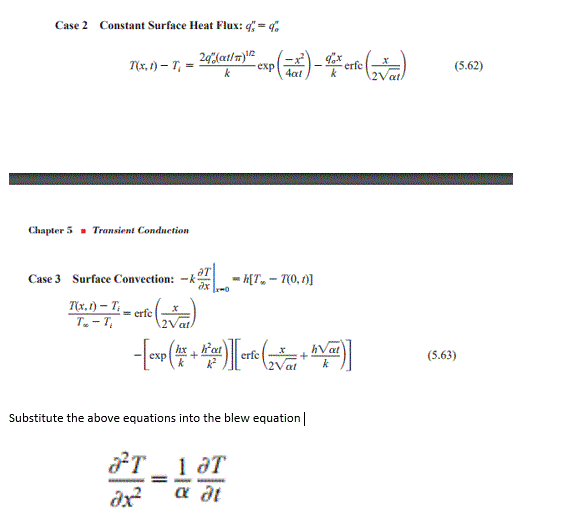

The slope is unique for each heat exchanger and refrigerant, as discussed below. The temperature difference between the evaporating medium and the secondary fluid increases with increased heat transfer per m 2 (heat flux). Figure 6.50 shows a typical curve of the heat flux as a function of (LWT - TEVAP).įigure 6.50 shows the typically sloped performance curve. It is easy to see from the heat flux equation that a larger temperature difference (LWT - TEVAP) is required to achieve a higher heat flux in a pre-defined BPHE. The k-value depends on the heat transfer media and the turbulence of the flow. The characteristics of the BPHE are predicted from the correlations in SSP. An easier way of showing the difference in operating systems is to use the difference between the leaving secondary fluid temperature and the evaporating temperature (LWT - TEVAP) (see Figure 6.49). However, the mean temperature difference is often difficult to determine practically. A high k-value results in a closer temperature program, and a lower k-value means a higher temperature difference is needed.Ī higher k-value means that a lower temperature difference is required between the refrigerant and secondary fluid. For a given heat transfer surface, the k-value determines the temperature difference needed. Correlations integrated in SSP calculate the k-value for the temperature program used to design the BPHE. The k-value depends on the BPHE characteristics and the flow profile inside the channels. The calculation of MTD is not shown in this handbook, because it is too difficult to calculate manually. In two-phase calculations, a so-called MTD must be used.


The reason for using a logarithmic mean value is the logarithmic characteristics of the temperature profiles in a single-phase heat transfer process. In chapter 1.5, the LMTD (logarithmic mean temperature difference) was introduced for single-phase calculations. This equation is derived from the heat flow equation. Heat flux can be regarded as the heat exchanger's density of heat transfer, and is defined as the heat flow per heat transfer surface: A simple way of evaluating different design calculations is to compare the heat flux of the BPHEs. The required area and the pressure drop limitations, together with the economic aspects, determine the heat exchanger model and the number of plates the duty requires. An overall heat transfer coefficient is calculated, and the required heat surface is decided.
Heat flux equation software#
The software calculates the film coefficients and the pressure drops from correlations describing the phenomena. A brazed plate heat exchanger is designed as an evaporator in SSP, the SWEP calculation program.


 0 kommentar(er)
0 kommentar(er)
